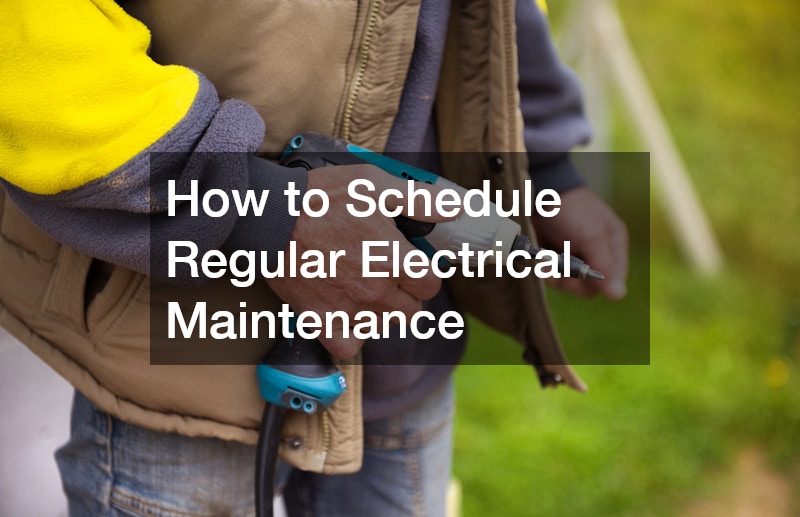When you flip a switch or plug in a device, you count on electricity to behave safely and predictably. The invisible safety net behind that confidence is the grounding system that ties your electrical service to the earth. In most homes and facilities, this includes one or more metal electrodes driven into the soil. These are called grounding rods, and they help manage fault current, lightning energy, and static buildup so protective devices can do their job.
What They Are
A grounding electrode rod is typically copper, copper-clad steel, or galvanized steel, driven deep enough to make consistent contact with surrounding soil. A continuous copper conductor bonds the rod to the service equipment and to other grounding components, creating a low-impedance path to earth.
That pathway does not carry normal load current; it is there for abnormal events. By referencing the electrical system to the earth, the installation stabilizes voltage during surges and helps keep exposed metal parts at a safer potential.
Why They Are Used
The safety benefits are practical and immediate. If a fault energizes a metal enclosure, the grounding network provides a return path that encourages breakers or fuses to trip quickly, reducing shock and fire risk. It also helps dissipate lightning energy and switching surges that would otherwise travel through sensitive electronics. In industrial and telecom settings, a sound grounding system can reduce electromagnetic interference, improve signal integrity, and protect data equipment.
Materials and Configurations
Installers select rod materials with corrosion resistance and conductivity in mind, then size and route the bonding conductors to withstand fault conditions. In corrosive soils, copper or copper-clad products are favored for longevity. Some sites supplement rods with additional electrodes, such as concrete-encased rebar in a footing, ground rings, or plates, all bonded together. This creates a more robust network that works as a system rather than relying on a single point of contact with the earth.
Soil, Depth, and Performance
Soil resistivity determines how readily current spreads into the earth. Moist, loamy ground conducts better than rocky or very dry soil. Depth matters because lower layers retain moisture and have more stable temperatures, both of which improve performance. In rocky or arid areas, installers may use multiple grounding rods placed a few rod-lengths apart and bonded together to lower overall resistance. Keeping connections tight, corrosion-free, and protected from mechanical damage preserves that performance over time.
Testing and Maintenance
Even a well-built grounding system should be verified. Electricians use specialized meters to measure ground resistance, often after installation and sometimes on a schedule for critical facilities. Visual checks for loose clamps, damaged conductors, or corrosion help maintain reliability. After a major lightning event, remodeling project, or service upgrade, testing provides assurance that the grounding path is still effective. Documentation of these checks is valuable for insurance, warranty, and safety records.
Common Misconceptions
A grounding electrode is not a substitute for a neutral conductor, and it does not carry everyday return current. It also cannot compensate for missing equipment grounds, damaged cords, or improper bonding elsewhere in the system. Plug-in adapters or ad-hoc wires to water pipes are not equivalent to a properly installed, code-compliant grounding network. Treat the grounding system as a coordinated set of parts that must all work together to protect people, property, and equipment.
Applications Beyond Homes
You will find the same principles in commercial buildings, data centers, cell towers, and renewable energy systems. Solar arrays, battery storage, and EV chargers introduce new equipment and potential surge sources that benefit from careful grounding and bonding. In these installations, designers often combine rods with ground rings or grids to meet performance targets. The goal is consistent: provide a dependable path that clears faults and tames transient energy.
When to Call a Professional
Because requirements depend on local codes, soil conditions, and service size, consultation with a licensed electrician is the safest path. A professional can evaluate your service, test existing electrodes, and recommend upgrades if you have persistent nuisance trips, sensitive electronics, or plans for new equipment. If you are building, renovating, or adding technology that changes electrical loads, an assessment now helps prevent costly issues later.
In simple terms, grounding rods connect your electrical system to the earth so dangerous energy has a controlled place to go. They steady voltage during storms, help protective devices trip quickly, and reduce stress on electronics. When sized, installed, bonded, and maintained correctly, they are a quiet partner in everyday safety and reliability. Paying attention to grounding is not optional housekeeping; it is a core part of making electricity behave the way you expect.


